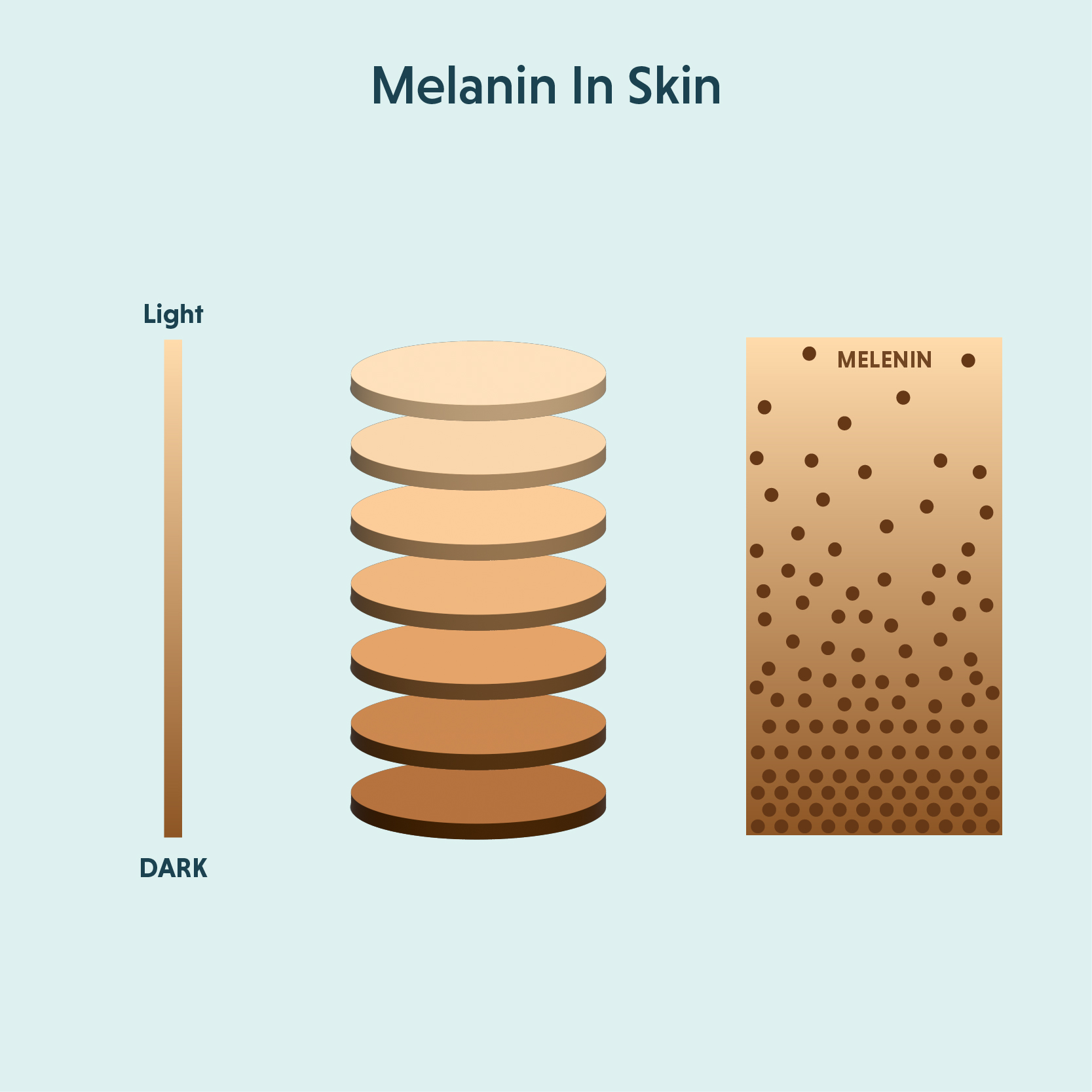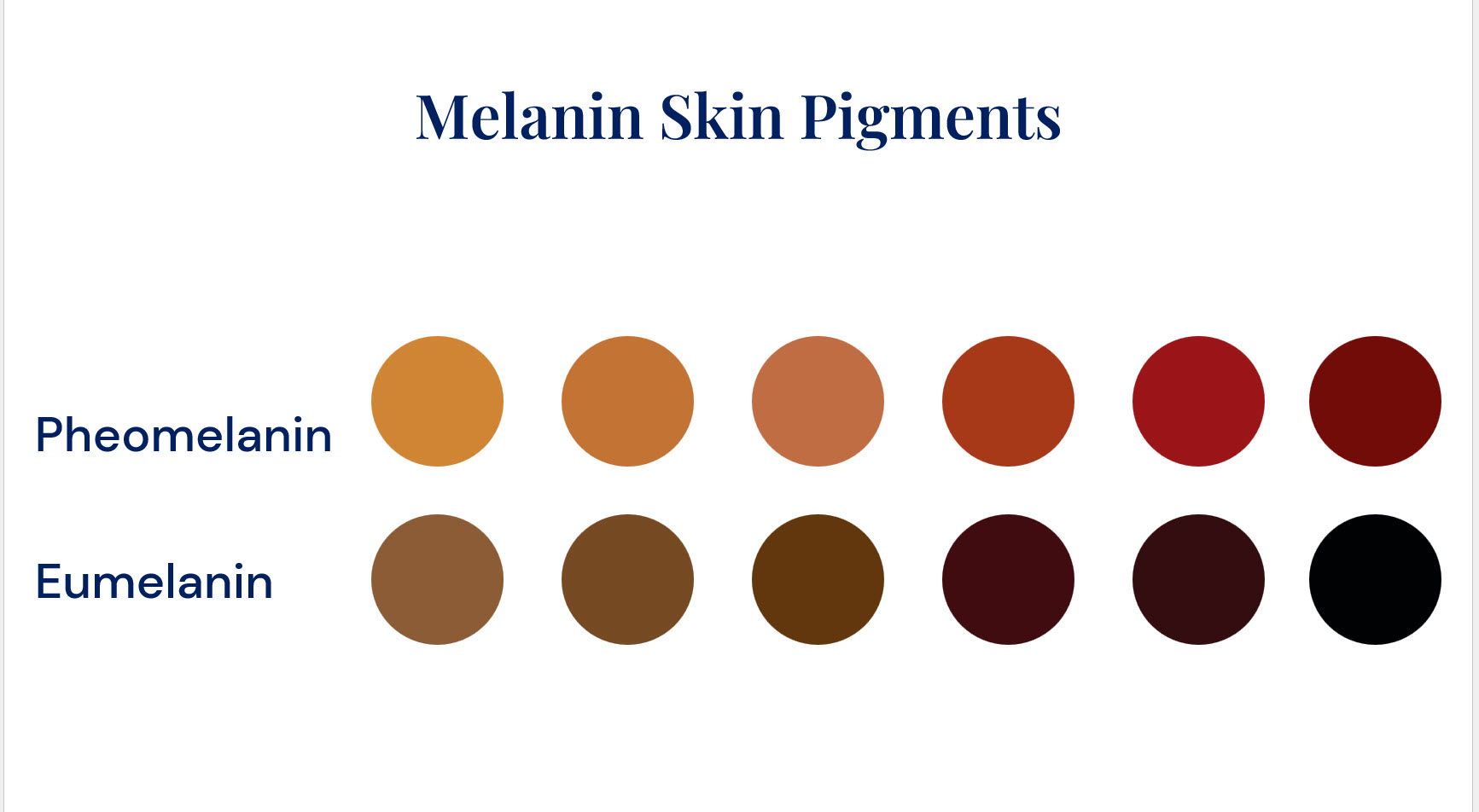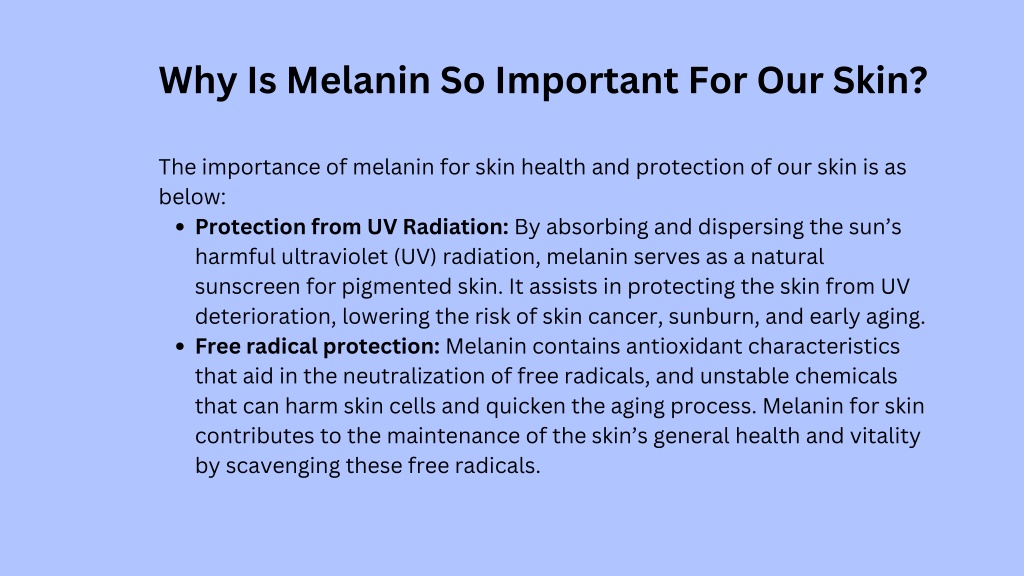🤖 AI-Generated Content
This content has been created using artificial intelligence. While we strive for accuracy, please verify important information independently.
There's been quite a bit of chatter lately, it seems, with a certain kind of "melanin trending video" making its way across various online spaces. People are sharing clips, talking about what melanin is, and just generally sparking a lot of thought about something that's a part of all of us. It's a topic that, you know, really gets people thinking about how we look and how our bodies work in rather interesting ways.
This whole conversation, it appears, often centers around what melanin actually does. It's not just about the visible aspects, though those are definitely part of it. We're talking about a natural substance that helps give color to skin, hair, and even our eyes. And, in a way, it does a bit more than just that, too it's almost like a tiny shield for our bodies, working behind the scenes.
So, as these "melanin trending video" clips gain more attention, it feels like a good moment to explore what this biomolecule is all about. What does it do for us? Why is it so important? And what happens when there isn't enough of it? These are some of the things people are wondering about, and frankly, it's a pretty fascinating subject to consider, isn't it?
Table of Contents
- What is Melanin and Why Does it Matter?
- Why is the Melanin Trending Video Gaining Traction?
- Is Your Melanin Unique?
- What's Next for Melanin Trending Video Discussions?
What is Melanin and Why Does it Matter?
When we talk about melanin, we're really talking about a very important part of our biology, something that has a lot to do with how we look and, in some respects, how our bodies stay safe. It's a natural substance, present in human skin and in animal skin as well, in different amounts for different individuals and creatures. This is the stuff that, you know, gives your skin its particular shade, and the color of your hair, and even the unique hue of your eyes. It's a pretty fundamental component of our appearance, that.
This substance is actually a family of tiny biological building blocks, you know, organized into larger structures. They come from something called tyrosine, which is a kind of amino acid, a basic component that our bodies use for many different things. So, melanin is a rather complex arrangement of these biomolecules, and they work together to provide color. It's pretty interesting how something so fundamental can have such a visible impact, isn't it? It's what makes us, well, us, in terms of our outward appearance.
The Science Behind Melanin - From Tyrosine to Pigment
So, to get a little bit into how this all works, melanin starts out as a complex chemical compound, a kind of big molecule, you could say. It's built up from that amino acid we mentioned, tyrosine. Think of tyrosine as a starting ingredient, and then through a series of steps in the body, it gets transformed into this pigment. It's a process that happens right there in our skin, you know, within special cells. These cells are called melanocytes, and they're the ones responsible for actually making the melanin. They're like little factories, basically, churning out this color-giving substance.
- Aagmaal Gives
- Michelle Obama Transsexual
- Fashion Nova Customer Service Email Complaints
- Hsoda030
- Xxx Anjali Arora Viral Video
Once it's made, this melanin then gets distributed to the surface of the skin. This distribution is what gives each person their unique skin tone. And, apparently, the amount of melanin these melanocytes produce varies quite a bit from person to person. That's why, you know, we see such a wide range of natural colors in people's skin, hair, and eyes. It's all down to how much of this natural pigment is being made and where it ends up. It's a rather personal thing, in a way, this level of melanin production.
How Does Melanin Protect Us?
Now, beyond just giving us our distinct colors, melanin has another really important job, and it's one that's pretty vital for our well-being. It actually helps keep our cells safe from potential harm, especially from the sun. You see, the sun sends down these things called ultraviolet, or UV, rays. At certain levels, these rays can be, frankly, quite dangerous for our bodies. This is where melanin steps in, acting like a kind of natural guard.
What it does, basically, is soak up these UV rays. It absorbs them before they can cause too much damage to our cells. So, in addition to providing all that lovely color, melanin also provides a layer of protection against the harmful effects of sunlight. It's a really important function, and it shows that this natural pigment is doing more than just making us look a certain way. It's actively working to keep our skin and our eyes safe, which is pretty amazing, you know, when you think about it. It's a natural defense mechanism that our bodies come with, which is rather clever.
Why is the Melanin Trending Video Gaining Traction?
It's interesting to see how certain topics just catch on online, and these "melanin trending video" clips are definitely having a moment. Part of it, I think, is that people are naturally curious about themselves and how their bodies work. When a video pops up that explains something as fundamental as skin color, or talks about the hidden benefits of it, it tends to resonate. People are often looking for information that helps them understand themselves better, and this kind of content fits that need, you know?
Also, there's something about seeing real people in these videos, sharing their experiences or just demonstrating what they're talking about, that makes it feel more relatable. It's not just a dry scientific explanation; it's often presented in a way that's much more approachable and, frankly, pretty engaging. So, when a "melanin trending video" appears, it often sparks conversations not just about the science, but also about personal experiences and perspectives, which is pretty cool.
The Cultural Impact of the Melanin Trending Video
These "melanin trending video" moments often go beyond just explaining biology. They can touch on broader cultural ideas and feelings. For many, melanin is connected to identity, heritage, and how they see themselves in the world. So, when a video highlights the beauty or the protective qualities of melanin, it can be a really affirming experience for a lot of people. It's like, in some respects, it gives a voice to something that's always been there but perhaps not always celebrated in the same way.
This kind of online content also allows for a wider sharing of information and perspectives. People from different backgrounds can learn from each other, ask questions, and share their own thoughts about what melanin means to them. It creates a space, you know, for a more open and honest conversation about something that has both scientific and deeply personal significance. It's a pretty powerful way to connect, actually, through shared understanding and appreciation.
What Happens When There's a Melanin Deficiency?
While a lot of the "melanin trending video" content focuses on the presence and benefits of melanin, it's also worth noting what happens when there isn't enough of this substance. A lack of melanin, or a "melanin deficiency," means that the body doesn't produce enough of this pigment. This can show up in a few ways, typically affecting the color of hair, skin, and eyes. For instance, hair might appear much lighter than expected, or skin might have areas that lack its usual color. It's a clear sign that the body isn't producing the usual amounts of this coloring agent.
And, as we talked about, melanin also helps with sun protection. So, when there's a deficiency, that natural shield isn't as strong. This means that individuals with less melanin might be more sensitive to the sun's rays and need to take extra precautions to keep their skin safe. It highlights just how important melanin is, not just for appearance, but for a really vital protective function, too it's almost like a missing piece of the body's natural defense system, in a way.
Is Your Melanin Unique?
One of the truly fascinating things about melanin is how personal it is. We all have it, but the amount and the way it shows up can be quite different for each of us. This is why, you know, everyone has their own distinct skin tone, their own particular hair color, and that unique sparkle in their eyes. It's not just a generic substance; it's something that contributes to what makes you, well, you. It's a pretty cool aspect of human variation, frankly.
So, while the basic building blocks and functions of melanin are the same for everyone, the final result is incredibly diverse. This individual variation is something that often comes up in discussions around "melanin trending video" content, as people share their own experiences and celebrate the wide spectrum of human appearance. It's a good reminder that, in some respects, our biology helps create our individual beauty, you know?
Understanding Personal Melanin Levels
It's important to grasp that each person's body produces melanin in its own specific way. There isn't a single "normal" amount; instead, there's a wide range of what's typical. This means that the amount of melanin in your skin, for instance, is just right for you. It's what gives your skin its particular shade and contributes to your overall appearance. This personal level of melanin is what makes everyone's eye color, for example, so distinct and special. It's a truly individual characteristic, that.
The "melanin trending video" phenomenon, in a way, helps highlight this amazing diversity. It encourages people to appreciate their own natural qualities and to understand that their unique levels of melanin are a part of what makes them who they are. It's a natural process, and it results in the incredible variety of human complexions we see all around us, which is pretty wonderful, actually. It's a testament to the subtle differences that make each person unique.
What's Next for Melanin Trending Video Discussions?
As these "melanin trending video" discussions continue to pop up online, it's clear that there's a real interest in learning more about this natural substance. People are curious about its functions, its role in appearance, and its protective qualities. It feels like these videos are opening up a broader conversation, allowing more individuals to share what they know and what they wonder about. It's a pretty organic way for information to spread, and for people to connect over a shared topic of interest, you know?
Perhaps we'll see even more content that delves into the specific ways melanin works, or perhaps more personal stories about what melanin means to different communities. The fact that these videos are trending suggests that people are hungry for this kind of information, presented in an approachable and engaging format. It's a good sign that, in some respects, we're all learning a bit more about the amazing complexity of our own bodies, and how they work, which is pretty neat, actually.
Article Summary
This article explored the topic of "melanin trending video" content and the science behind melanin. We looked at how melanin, a complex substance derived from tyrosine, gives color to skin, hair, and eyes. The discussion covered melanin's role in protecting cells from harmful UV rays by absorbing them. We also considered why "melanin trending video" content is popular, touching on its cultural impact and what happens when there's a deficiency of this pigment. The article highlighted the unique nature of individual melanin levels and what the future might hold for these online discussions.
Additional Resources
Visual Content



Disclaimer: This content was generated using AI technology. While every effort has been made to ensure accuracy, we recommend consulting multiple sources for critical decisions or research purposes.
